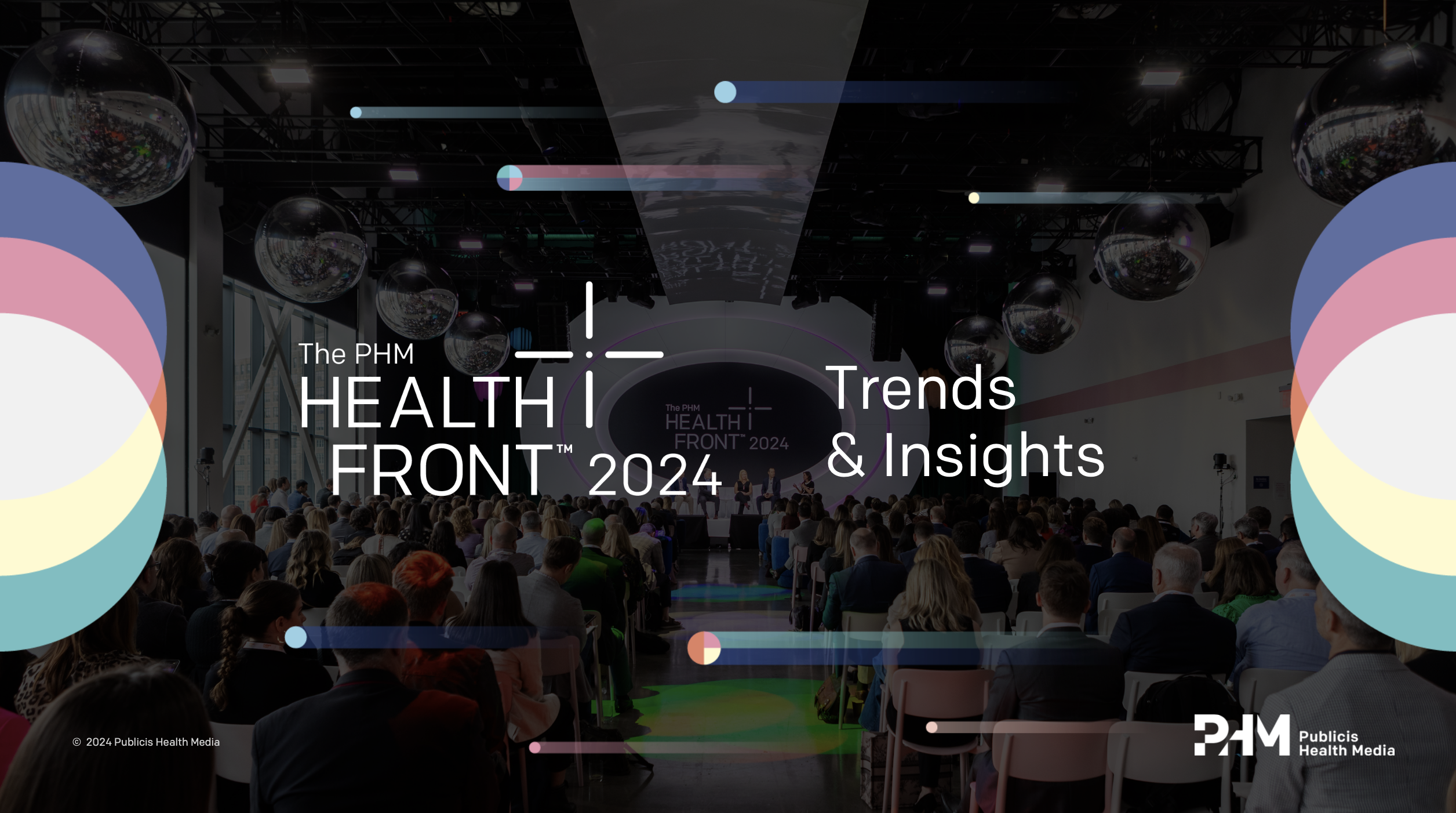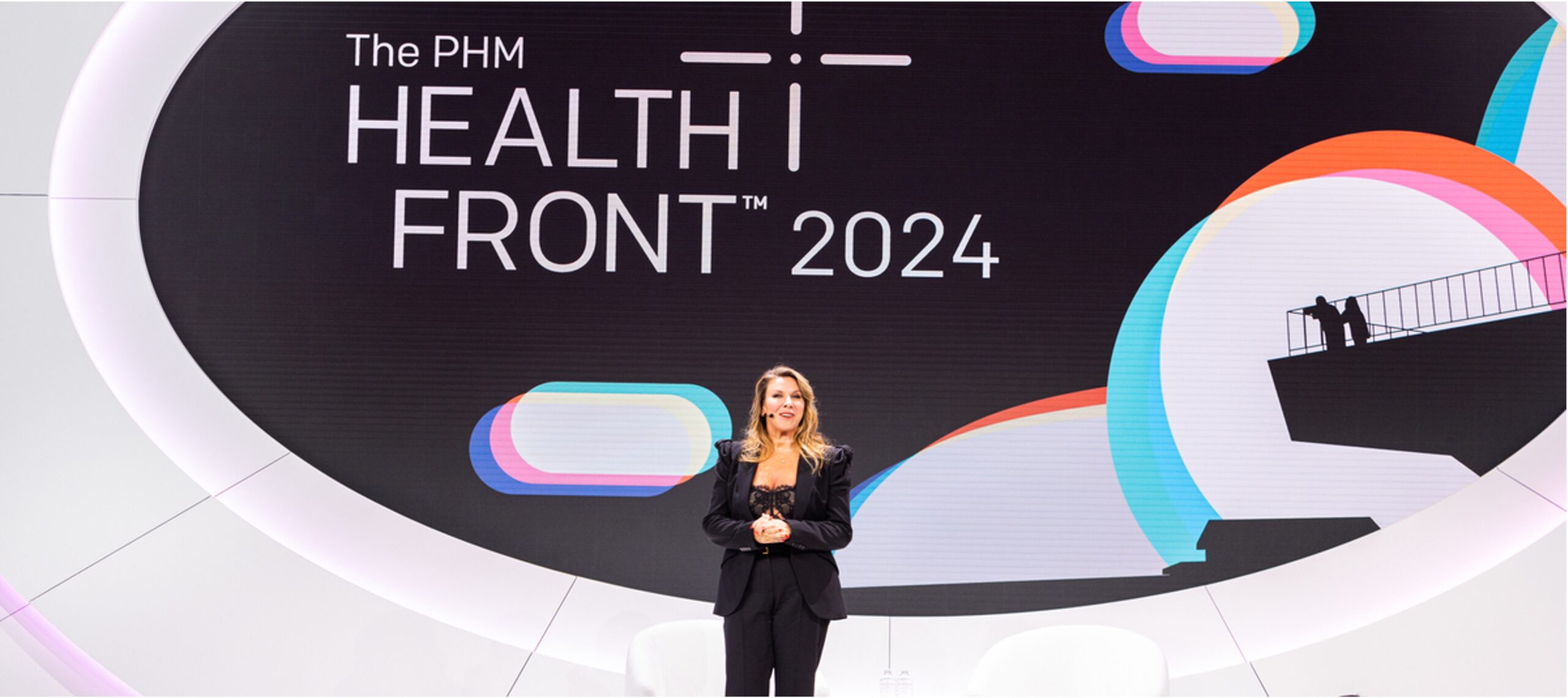Subscribe to the PHM Blog

October 30, 2020 | Posted by: Kiersten Britton
Insights
PHM Wins Metastatic Breast Cancer Patient Engagement Through Empathetic Targeting
October is breast cancer awareness month, the annual reminder for women to have routine breast checks and take preventative measures. But lost in all the pink, there’s a missing piece of this messaging that would benefit women whose medical needs are more complex—Metastatic Breast Cancer patients, who are often left out of the conversation.
Of the nearly 280,000 cases of breast cancer diagnosed each year, just 6% is metastatic. As of 2017, there were 150,000 women living with metastatic breast cancer in the U.S., many of which progressed to this disease state from an original, non-metastatic diagnosis.
Even more chilling, the 5-year survival rate (the percent of people who live at least 5 years after cancer is found) for women with metastatic breast cancer (mBC) is just 27%. Metastatic Breast Cancer patients are often more difficult to reach with messaging even as their needs are critical and time of the essence.
It is so critical for us to truly listen to our audience firsthand. At PHM we strongly believe in incorporating the patient voice in everything we do. Custom research revealed that these patients are often at loss to find content or information that is credible, which helps them to cope in a manner that’s most respectful of their needs.
Messaging/Moments
Relevancy is key when engaging with our patients.
When working through a strategy for outreach, our goal at Publicis Health Media is to break through the clutter within the breast cancer space with relevant, informative and differentiating content and messaging to support patients, caregivers and HCPs during moments of research.
It’s critical to align with metastatic specific content and work to fill the current white space that exists, making sure there is information available not just after a metastatic diagnosis, but also throughout treatment and disease progression. These patients are facing a terminal diagnosis and aside from the anxiety, stress and fear that presents, they also want to understand what this means for their specific treatment plan and what their options are.
To seamlessly integrate our messaging within the user’s everyday moments, it’s important to understand behaviors. This is done by leveraging search patterns, onsite engagement and content consumption to drive organic outreach and support that is respectful of their current status.
Targeting and Channel Selection:
It is our goal to seek ownable, content-rich tactics that allow us to effectively communicate brand differentiation while also establishing authority amongst patients and their care team.
We seek a blend of touchpoints across targeted digital channels that resonate with our audience. They also need to be respectful of the patterns which differentiate a pre- and post-menopausal target. Post-Meno and Pre-Meno share some media preference similarities, but sharply diverge in levels of trust on digital platforms. So we must separate DTC audience strategy, leveraging different channels to drive understanding to Pre- and Post-Meno audiences.
To augment this hyper-focused digital approach, we also apply a blend of mass awareness channels including Television and Print to reach a larger group and generate a dialogue around the metastatic community, patients who are often left behind during general breast cancer discussions.
Upon finalization of a channel strategy, we then apply the use of data to zero in on our audience and eliminate waste. This is done via a broad set of signals and triggers to forecast future behavior and ensure our media meets them in a moment of need, while also allowing for smarter in-flight optimizations.
Connecting Patient/HCP Outreach
Campaigns must be cohesive and synergistic, pushing patients to self-advocate in their care and meet an HCP who is receptive and has been exposed to key clinical benefits.
Strategy across both audiences must be cohesive, ensuring that the content we push out into the market place can foster an impactful discussion at the moment of care.
We seek out partnerships that enable us to drive outreach to both audiences, knowing they have different consumption habits and react to different messaging. A clinical piece targeted to an HCP should have the same theme as a patient-facing material and be distributed on a platform that can centralize the data and target based on the same triggers (diagnosis, Rx, test ordered).
As challenging as all this is, there’s one more element to consider: The care journey has been disrupted by COVID-19 and unlikely to return to the “old normal.” So it is imperative that we use media as a way-finder to help patients and HCPS in this new landscape.
Connect with Kiersten on LinkedIn.
For the latest news and updates, follow PHM on Instagram, LinkedIn, Twitter, and Facebook.
Questions? Thoughts? Ideas? Contact us.



